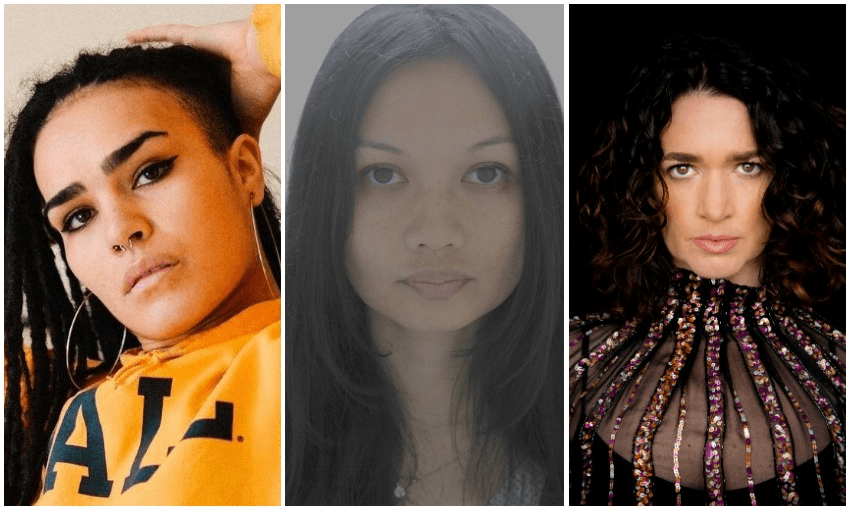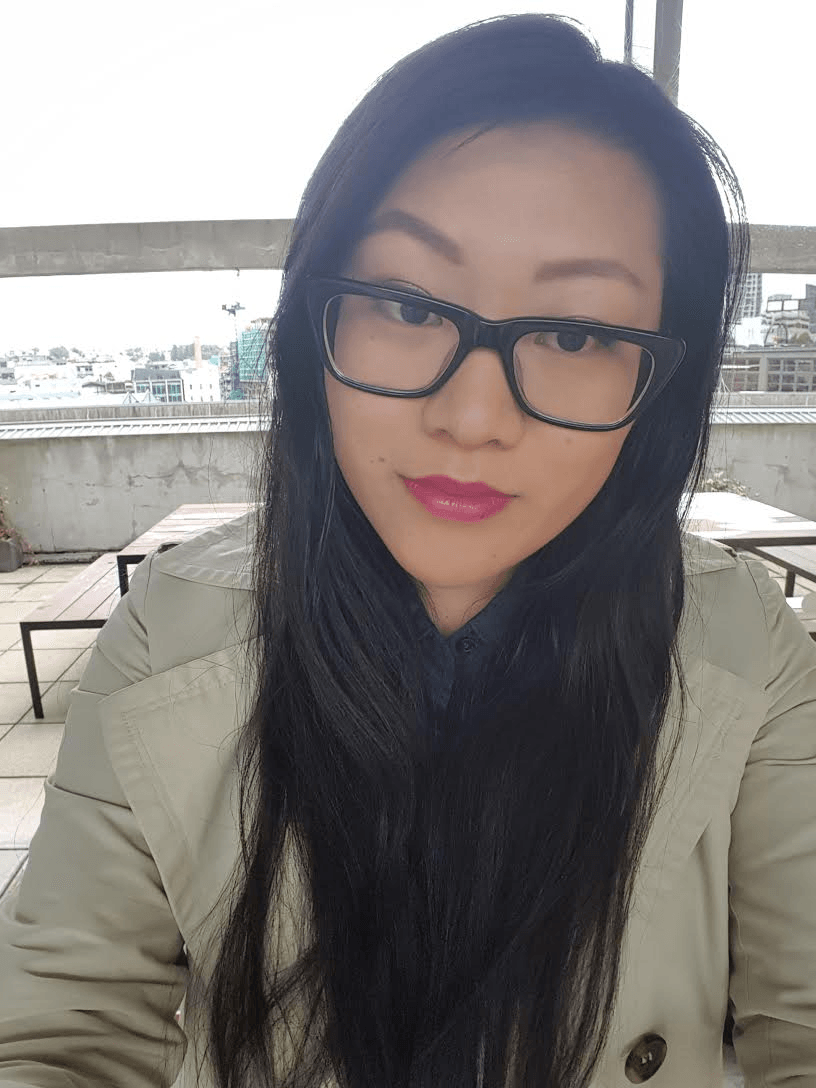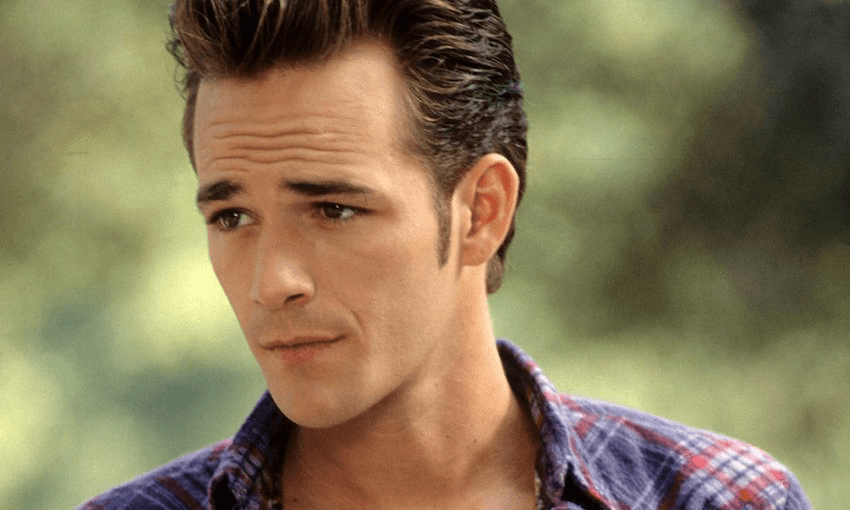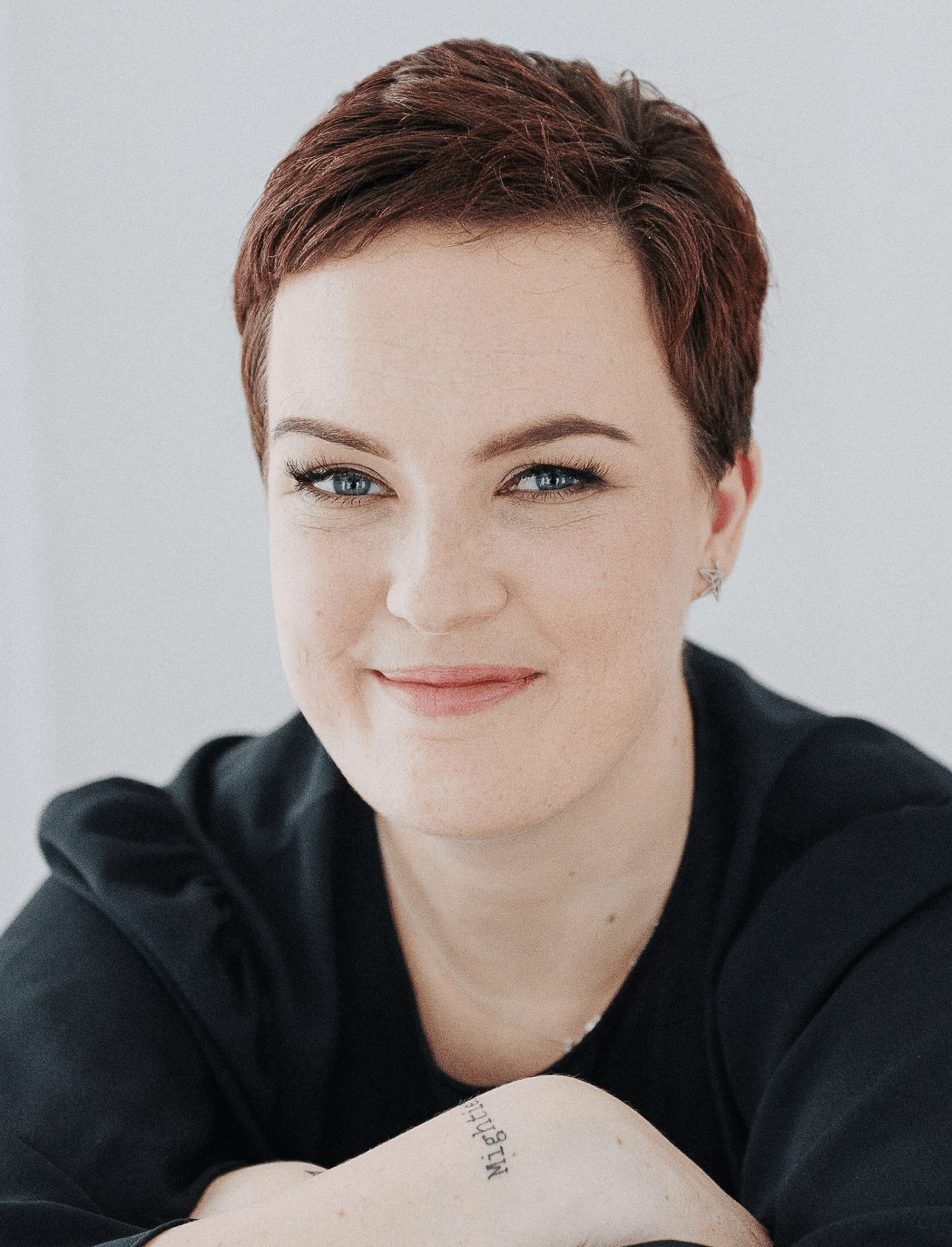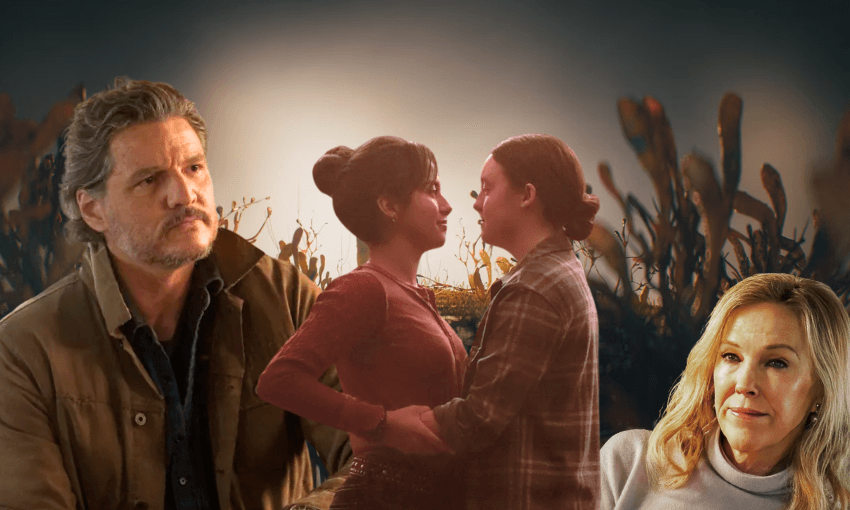Milk and Honey is a nationwide music festival happening on International Women’s Day this Friday. Anny Ma talked to its organisers, Lani Purkis and Teresa Patterson, about why it’s so necessary.
Milk and Honey is a music festival touring four cities and six venues, but all of the shows will happen simultaneously on one night: International Women’s Day, this Friday, March 8th. The date is not a coincidence. Milk and Honey is designed to celebrate the incredible range of women in the New Zealand music industry, both on the stage and behind it.
The festival is the brainchild of Teresa Patterson and Lani Purkis, who share decades of experience in the music industry and a mutual desire to celebrate the New Zealand industry’s hidden women.
“It’s about showing you can put on a gig with all female talent, and how amazing that talent is,” explains Patterson. “It’s a celebration of the female-led, female-focussed artists of New Zealand. We took into consideration diversity across all aspects and genres, ethnicity et cetera as well. We’re really proud of it”.
For Purkis, her experience as a musician (she’s the bassist for the band Elemeno P), promoter and student support at creative industries educator SAE has exposed her to more than her fair share of sexism. She says her background was an additional motivating factor for the creation of Milk and Honey.
“Instead of dwelling on what’s happened for us to make this festival, this is a step towards the positive – the change. And if it doesn’t change it, [at least it’s] something women can aspire to,” she says. “I know Laneway go out of their way to make sure it’s balanced when they pick their artists, which a lot of people would argue isn’t the way to book a festival, but if you get used to seeing female artists on festivals it’ll just become normal.”
Timing is everything, and for both women the catalyst came last year, while working with women artists who were championing female-focused support acts.
Working on Julia Deans’ nationwide tour for her album We Light Fire, Patterson was blown away by the plethora of talented women in the regions. The final line-up includes support acts Kaaterama, Leilani, Erin Cole-Baker, Mrs DLite, and Connor Moore, all of whom are kicking off what could be successful musical careers.
“When Julia was going through the female artists that applied to be support on her tour last year, she was just like ‘it’s amazing that there’s so much female talent out there that no-one knows about.’ Getting local female supports [was] a way to encourage exposure.”
Purkis, meanwhile, was fresh off a tour with Camp Cope, an Australian band who’ve made headlines for fighting for change, including famously pushing Laneway to start an anti-assault hotline.
“They have this stage and a microphone, and they use it for positive change. I don’t think they want to take over the world with their music, they want to spread positive change with it. And that’s really inspiring,” says Purkis.
That inspiration led to a thought: “We should just do a whole festival like this, or a bigger tour with more and more bands”, she says. “I heard T [Patterson] was having the same thoughts, so I gave her a call and said ‘let’s do it together’.”
The festival has three key aims: to celebrate the talented women in the NZ music industry; to create a platform where younger women will see role models they can aspire to; and to provide a safe space for music-lovers to enjoy.
They initially announced four shows: two in Auckland, one in Wellington, and one in Christchurch. Since then, they’ve added another show in Wellington with the support of Red Bull, and a show in Queenstown as well.
“We’ve been quite overwhelmed by the reception to it. Even just things like we’ve contacted all the local record stores to say ‘can you do a feature in-store?’ and everyone’s just been like ‘this is fantastic, it’s about time!’ so that’s quite nice to hear,” says Patterson.
Both women acknowledge Milk and Honey isn’t a traditional music festival in a commercial sense. Rather, it’s a series of one-day gigs acting as a vehicle for social change.
“We 100% won’t be making money from it, but it’s something that has to be done, and someone has to do it,” says Purkis.
While it would be nice if the finances added up, the prime motivation is to spotlight New Zealand’s gender balance in music on the global day that celebrates women’s achievements and calls for action to accelerate gender parity. Fittingly, this year the theme for International Women’s Day is ‘Balance for Better’.
That Milk and Honey is happening at all is an indicator of changing times. The MeToo and Time’s Up campaigns are young but powerful, and helped create a climate that’s welcoming this unconventional festival.
“The whole Time’s Up and MeToo movements took a village to have the voices be heard. And I feel that’s probably the ethos behind Milk and Honey – the reason we didn’t just do one gig in one city was to make it a collective effort,” says Patterson.
“It’s good timing – everybody’s ready for change,” says Purkis. “We haven’t had negative feedback that I thought we’d get. I was scared we’d have to face the ‘Where’s the all-men festival?’ [comments] and be like ‘well every festival, you’ve got them already’.”
“It’s just interesting that when you put on an all female show it suddenly becomes a feminist statement,” says Patterson. But just because women are on stage, it doesn’t mean only women are welcome.
“The shows are inclusive, they just happen to have [female fronted] line-ups. A lot of the bands do have male members, and we are going to have male crew in some areas. It’s a super inclusive environment.”
The gender imbalance on music festival bills doesn’t need to be rehashed, as the statistics are bleak. Less than 10% of the acts featured on New Zealand music festival line-ups identify as female, according to APRA AMCOS. This year Laneway was a significant outlier with a commendable 45%.
“It’s really hard to get on festivals, regardless of whether you’re a male band or a female band,” says Patterson. “There’s obviously limited spaces and so many considerations that the bookers have to look at. We wanted to create an opportunity for female artists to be heard. And the moment we announced, so many artists contacted us going ‘we would love to be on the bill’ and we would love them to be on the bill as well but we’ve only got limited spaces.”
“There’s a lot of hard-working bands that don’t get added to festivals ever, but they constantly tour the country or they’ve worked really hard. So even for them having – played this festival – on their bio, that suddenly will open up potential for other festival bookers to go ‘oh they’ve played a festival before’,” says Purkis.
‘Balance for Better’ and Milk and Honey are both protesting gender imbalance in a way that’s easy for people to engage with, an easily accessible form of activism that hopefully inspires others to not only feel seen, but to make change as well.
Milk and Honey celebrates talented women musicians, but also the women in production teams, the techs, and the support crews. As far as she knows, Purkis was the only female guitar tech on the Laneway tour. “There was one monitor tech, one lighting tech [and] I didn’t see any stage techs at all really. I saw one in Melbourne – that’s it”.
Having both experienced the ingrained sexism of the music industry, both Patterson and Purkis want Milk and Honey to act as a platform for female role models – to inspire other women to take part.
“I feel like my life would’ve been so different had I seen females on stage doing the behind the scenes stuff when I was younger,” says Purkis. “I probably would’ve taken that path if I’d seen someone I could follow. That’s what we want to do – put people in positions that are visible so younger women can see that it’s possible.”
“Over the many years I’ve worked in the music industry, and it’s been nearly 25 years, if there is a female lighting person or front of house tech, there’s this ripple of surprise, like ‘wow that tech is female’ and it shouldn’t be that way,” adds Patterson. “Over the years myself, being a manager and a Polynesian manager as well, I’ve been on tour with Scribe, where I got asked if I was the aunty/the cousin/the sister of the artist because I was female. That was the natural assumption, because my artist was brown and I was brown and I was a female that I had to be a family member, you know?”
That ‘ripple of surprise’ extends even to artists themselves. “Everyone assumed I was in Elemeno P because I was married to the singer,” says Purkis [she wasn’t], not because I can play the guitar – nothing to do with that!”
“I was refused entry to two Elemeno P interviews. Just, “no, you can’t come in – this is for the band only.”
Patterson and Purkis are quick to say that the crews they’ve worked have been supportive. It’s the peripheral players in the music industry, they say, who are acting as unofficial gatekeepers, discouraging women before they even have the chance to try.
“It’s even hard to go into a guitar shop. I don’t know what it’d be like being a DJ – I imagine it’d be worse, to try buy some equipment, where you’re not even spoken to like you know anything”, says Purkis. “Even at my age now, I still go into guitar shops and get spoken to like I’m an idiot. Even my sons get spoken to better than I do. And if that’s the battle that young females go through to just get some gear – the bare necessities – it needs to change.”
In her day job at SAE, Lani sees firsthand just how few women are even attempting to get into music. There are just three female music students out of 80 in this year’s intake.
“Two in audio and one in music. So this girl is in a class of 30 boys trying to make beats. I have to keep my eye on her to make sure she gets through. That’ll be tough.”
“Isn’t that terrible that we’re sitting here thinking that it’s going to be tough for her?Like, we shouldn’t. It shouldn’t,” says Patterson. “That just made me think, when I was working in the [music] labels I did feel like I had to work twice as hard.”
Purkis’s other work with the Rockquest youth music competition also illustrates the massive industry gap that is swallowing girls with an interest in music.
“Bandquest is at an intermediate level, Rockquest is high school. The amount of girls involved in Bandquest is potentially more than boys, but by the time they get to high school there’s next to no girls or they’re only singer-songwriters in the solo category. I don’t know what changes between age 11 and 20 where you put down your instrument and don’t even want to play it.”
This hole seems to explain why the NZ membership of Australasian music licensing body APRA AMCOS, the copyright collection agency that collects royalties to pay artists, writers, and producers, is only 22% female.
While there’s another conversation to be had around the lack of women in executive roles within the industry who can push for change, Milk and Honey is set to deliver a showcase of talent that shows there are women ready right now to perform, produce, and promote music in New Zealand.
“Having gigs with all female line-ups shouldn’t be a surprise, or a statement, it should just be great,” says Patterson. “This is going to be a great gig.”
The Milk and Honey Festival happens on March 8 in Auckland, Wellington, Christchurch, Queenstown. You can buy tickets and seee the full lineup of acts here.
